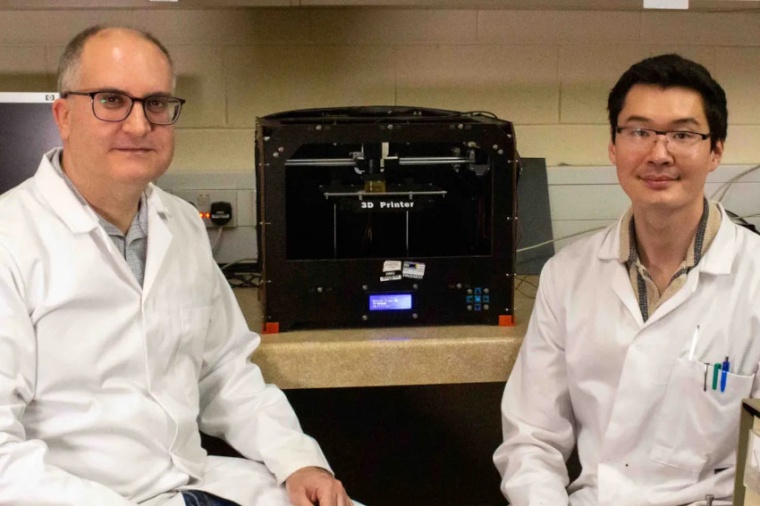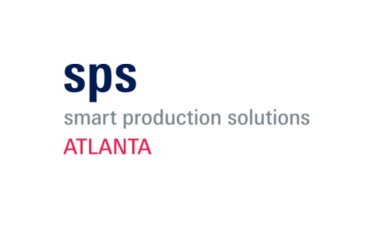3D printing with an NIR light source
New method uses the NIR invisibility windows of materials to print at a depth of over 5 centimeters.
British scientists have developed an advanced technique for 3D printing that is set to revolutionize the manufacturing industry. The group, led by Jose Marques-Hueso from the Institute of Sensors, Signals & Systems at Heriot-Watt University in Edinburgh, has created a new method of 3D printing that uses near-infrared (NIR) light to create complex structures containing multiple materials and colors.

They achieved this by modifying a well-established 3D printing process – stereolithography – to push the boundaries of multi-material integration. A conventional 3D printer would normally apply a blue or UV laser to a liquid resin that is then selectively solidified, layer by layer, to build a desired object. But a major drawback of this approach has been the limitations in intermixing materials. What is different about this latest project is that the scientists use a NIR light source capable of printing at far greater depths into the resin vat, and without the need to print in layers. The findings hold tremendous opportunities for industry, particularly those that rely on specialist parts such as in health and electrical sectors.
Marques-Hueso explains: “The novelty of our new method, which has never been done before, is to use the NIR invisibility windows of materials to print at a depth of over 5 centimeters, whereas the conventional technology has a depth limit of around 0.1 millimeters. This means that you can print with one material and later add a second material, solidifying it at any position of the 3D space, and not only on top of the outer surfaces. “For example, we can print a hollow cube that is mostly sealed on all sides. We can then come back later and print an object, made from an entirely different material, inside this box, because the NIR laser will penetrate through the previous material as if it were invisible, because in fact it is completely transparent at the NIR.”
Adilet Zhakeyev, a PhD researcher at Heriot-Watt University who has worked on the project for nearly three years, adds: “Fused Deposition Modeling(FDM) technology was already able to intermix materials, but FDM has a low resolution, where the layers are visible, while light-based technologies, such as stereolithography, can provide smooth samples with resolutions under five micrometers.” The scientists say a key component of their project has been the development of engineered resins that contain nanoparticles exhibiting the phenomenon of optical upconversion. These nanoparticles absorb the NIR photons and transform them into blue photons, which solidify the resin. This occurrence is non-linear, meaning it can obtain the blue photons mostly at the focus of the laser, and not on the way through it. For this reason, the NIR can penetrate deep into the material as if it were transparent and solidify only the material within.
The new 3D printing method allows multiple materials with different properties to be printed in the same sample, for example flexible elastomers and rigid acrylic, useful for many businesses such as shoe production. The technique opens a myriad of new possibilities, including 3D printing objects inside cavities, restoration of broken objects, and even in-situ bioprinting through skin. “In the same research project, we had previously developed a resin that can be selectively copper-plated,” continues Marques-Hueso. “Combining both technologies, we can now 3D print with two different resins and selectively cover just one of them in copper by using a simple plating solution bath. This way, we can create integrated circuitry in 3D, which is very useful for the electronics industry.”
Despite this technology offering an exciting glimpse into the future, the costs are surprisingly low. Marques-Hueso said: “A clear advantage of this technique is that the full machine can be built for less than £ 400. Some other advanced technologies that use lasers, such as Two-Photon Polymerization (2PP), require expensive ultrafast lasers in the order of tens of thousands of pounds, but this is not our case because our specialist materials allow the use of inexpensive lasers.” He finished: “Now that we have results to support our claims, we hope to partner with businesses and develop this technology further.” (Source: Heriot-Watt U.)
Link: Institute of Sensors, Signals and Systems, Heriot-Watt University, Edinburgh, UK











